This is an introduction to tentree and the type of tree planting that we do. We hope you find this insightful if you are looking into how our planting operations work and the types of planting we do.
who is tentree?

The first thing you need to know about tentree is that our name is our mission. We plant ten trees for every item we sell. But what lots of people don’t know is that our focus is on more than just planting trees. We believe that we can inspire a new generation of eco-conscious and socially responsible consumers in order to tackle environmental issues and help people around the globe. We want to change lives and it is only with the help of our supporters that we are able to do so. The impact of these trees extends far beyond the environment; it provides communities with jobs, sustenance, and a future.

In order to ensure that we continue to expand our tree planting and sustainability efforts, tentree has partnered with several non-profit organizations, including Eden Reforestation, Plant with Purpose, Trees for the Future, and many more. Doing so has allowed us the opportunity to plant in over fourteen countries around the world, developing an on-the-ground presence in areas most in need.
With the help of these organizations, the people in the communities we plant in are hired to help propagate seedlings and clear planting sites of debris to promote better growth. The people are also educated on how to care for the trees and on the importance of sustainability. Between this preparation and the resulting planting, fifty trees can provide one local worker with a full day of employment. The communities are then hired to guard the reforestation sites from any grazing animals or inclement weather for up to seven years.

tentree’s reforestation efforts do more than just restore trees to the environment. We are creating biodiversity and rebuilding eco systems; revitalizing dry and arid soil; removing greenhouse gases from the atmosphere and returning oxygen to the air; and providing permanent and seasonal jobs, as well as wood for fuel, food, and fodder to the communities in which we plant. Together with our partners and supporters, we are changing lives! The effect of each and every tree will be felt for generations to come.
what you need to know about deforestation
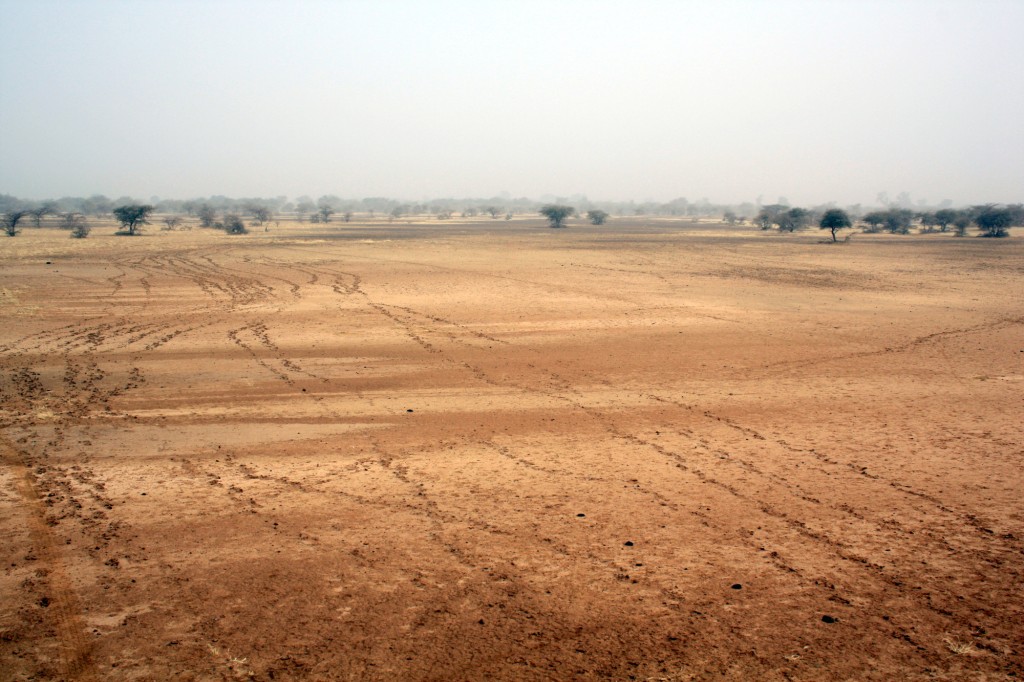
Deforestation is mostly a human impact and occurs when land is cleared to make room for farming, ranching, or urban use. It is generally done by clear cutting or burning trees in large quantities. The trees are often used for timber or in other wood working industries.
Deforestation is having a devastating impact in countries around the globe as millions of acres of trees are cut down every year. Surprisingly, only 25% of this deforestation is from commercial logging, or harvesting the trees with the intent to sell product. The majority of deforestation is actually done in two ways.
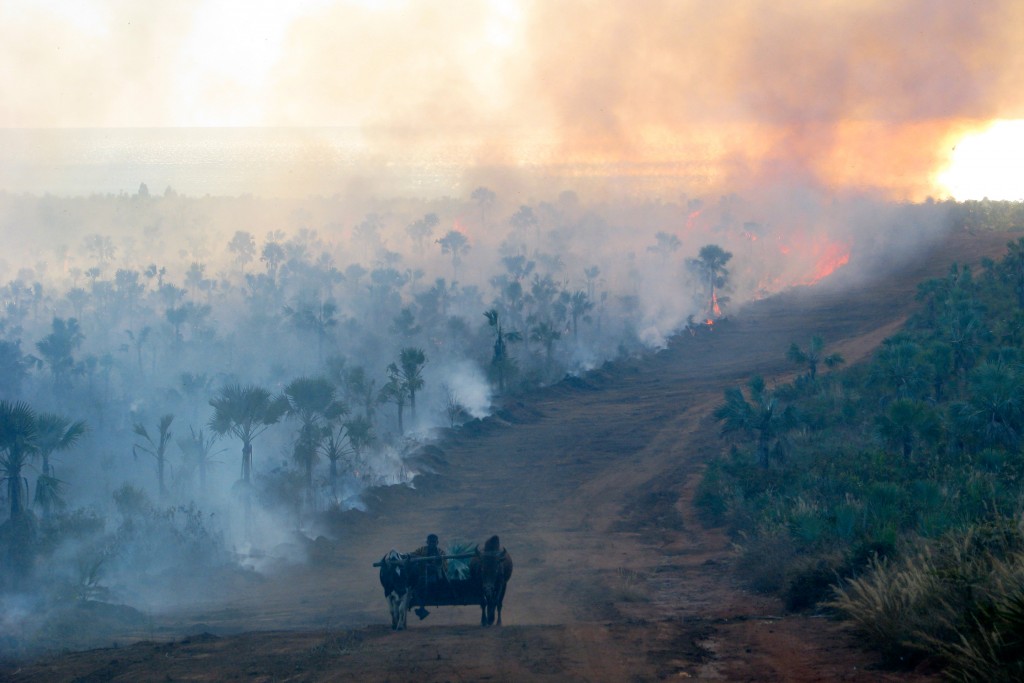
The first, is through cooking. For example, in Africa, 90% of the entire continents population uses wood for cooking and heating purposes. The second, is through farming. Farmers clear their land of trees to make room for crops, or let their cattle graze it down, until there is nothing left.
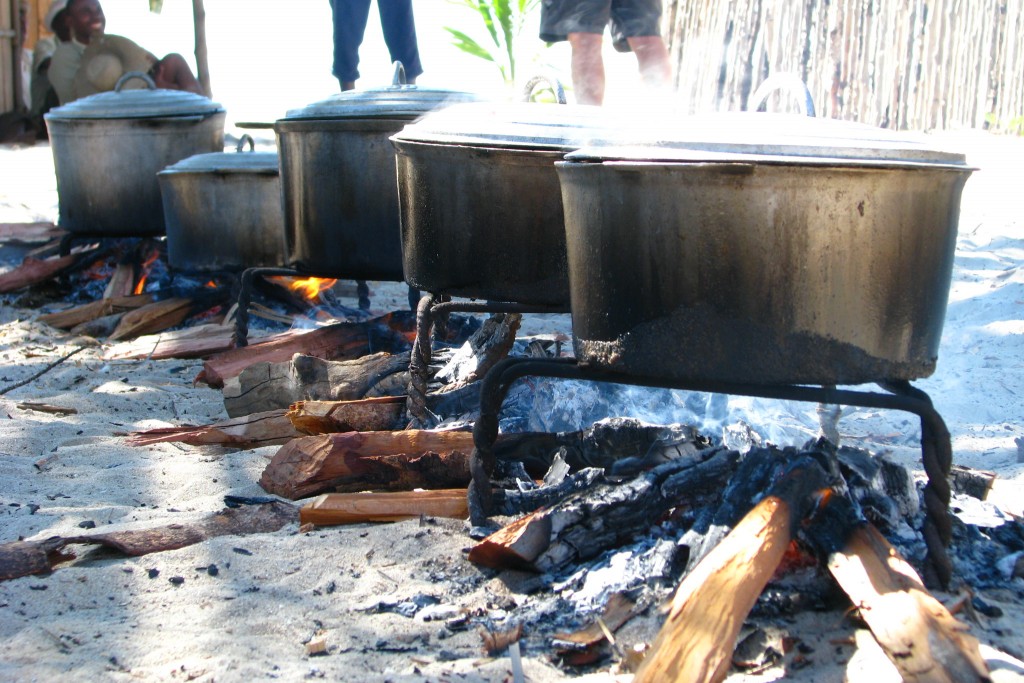
As you can see, most deforestation is done by average people simply trying to survive. The tragedy is, this can actually have a horrible impact on a person’s ability to thrive because, when the forests are gone, it triggers a series of devastating events. Animals and wildlife disappear, leaving farming as the only way to provide food. This would be fine except for one problem; when it rains there are no trees left to absorb the water so the heavy rainfall floods across the plains and washes away the fertile topsoil. Over time the soil is destroyed as it loses nutrients and becomes desert, making farming impossible.
tentree is committed to reforesting countries around the globe, saving lives and ecosystems, spurring local economies, educating people. empowering women, and instilling hope in the next generation.
planting through agroforestry and reforestation
1) agroforestry
Agroforestry is the combination of agriculture and forestry technologies and/or livestock to create more integrated, diverse, productive, profitable, healthy, and sustainable land-use systems. When individual farmers plant trees on their land this is often called a forest garden. Characteristics of a forest garden include the following:
- It allows people to sustainably meet their needs and produce a marketable surplus by making maximum use of the land
- It incorporates the symbiotic (diverse) relationships among various plants, animals, and microbes
- It avoids the risk of economic dependence on one, or very few, crops
- It provides a continuing supply of food and other crops
- It allows nature to provide organic fertilizers and pest controls
- Properly managed, it produces fruits and vegetables of far higher quality than those produced through monocultures (growing a single plant species over a wide area).
2) reforestation
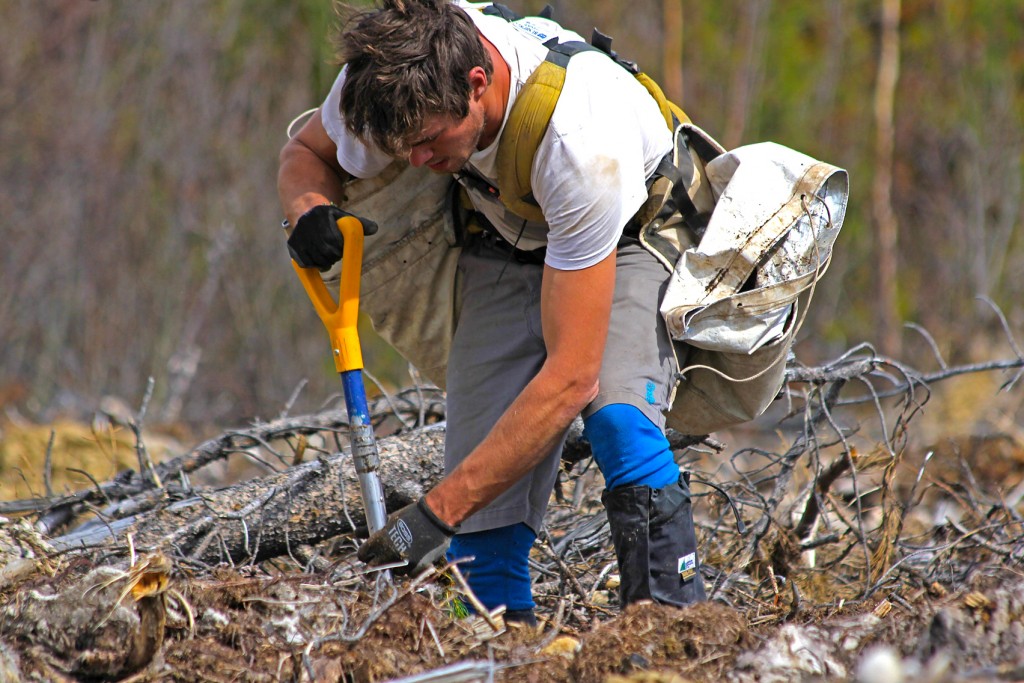
Reforestation is the planting of trees on land where trees are depleted or have been deforested. Reforestation offers opportunities for the restoration of ecosystem services, biodiversity conservation, wood production, and carbon sequestration.
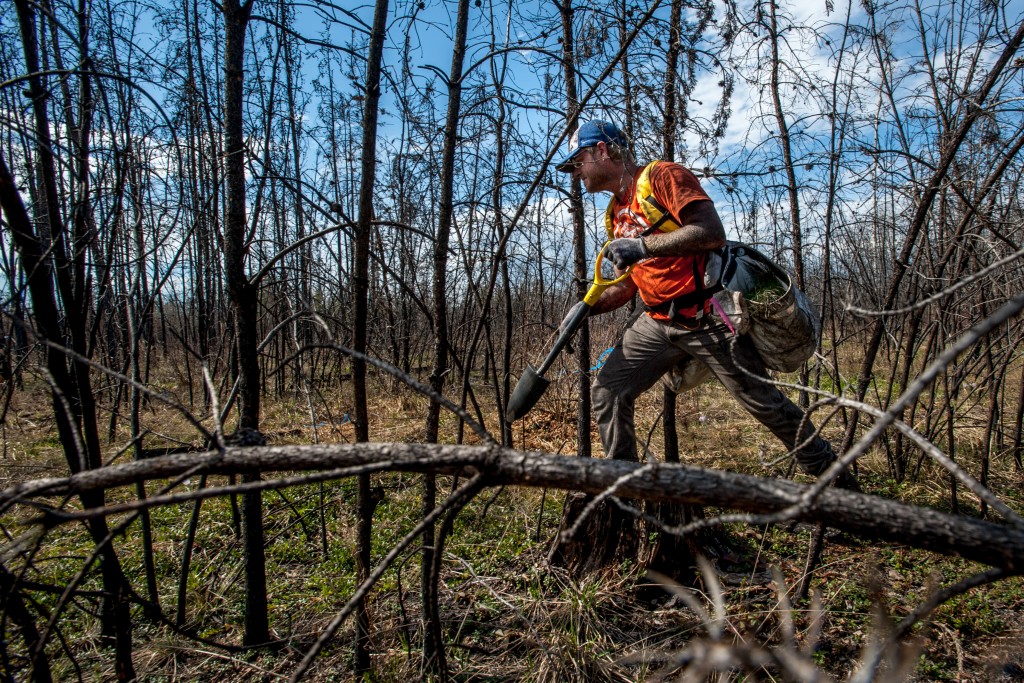
what does this mean for tentree’s planting locations?
Here are a few of our planting sites explained based on agroforestry vs reforestation:
- Madagascar – Reforestation
- Employing community members to reforest land throughout their village.
- Malawi – Agroforestry
- Planting in school yards and giving trees to students to take home and plant in their own forest gardens.
- Senegal – Agroforestry
- Giving farmers the technical support and training on forest garden planning, nursery establishment, planting design, and maintenance.
- Giving farmers materials such as seeds, nursery bags, shovels, watering cans, and wheelbarrows.
- Giving farmers oversight when seedlings are planted at the onset of the rainy season and farm visits throughout the first dry season to ensure seedlings survive.
- USA – Reforestation
- The project is a wildlife corridor and farmland reclamation project
- This project is reconnecting forest fragments by reclaiming agricultural land to bolster habitat for wildlife in one of the most biologically diverse places in North America
the planting process
First, seeds are either purchased or gathered from existing trees around the village.
- Seed Harvesting – Once the trees have matured, their seeds can be collected, thereby eliminating the need to purchase any. This collection can be completed through the use of a few individual trees or a larger Seed Bank, depending on the scale of need.
- Seed Purchasing – Seed purchasing occurs when there is no local supply of the type of seed desired. Purchase can come from a variety of sources but, ideally, is made from a local farmer we are working with who produces seeds as an additional source of income.
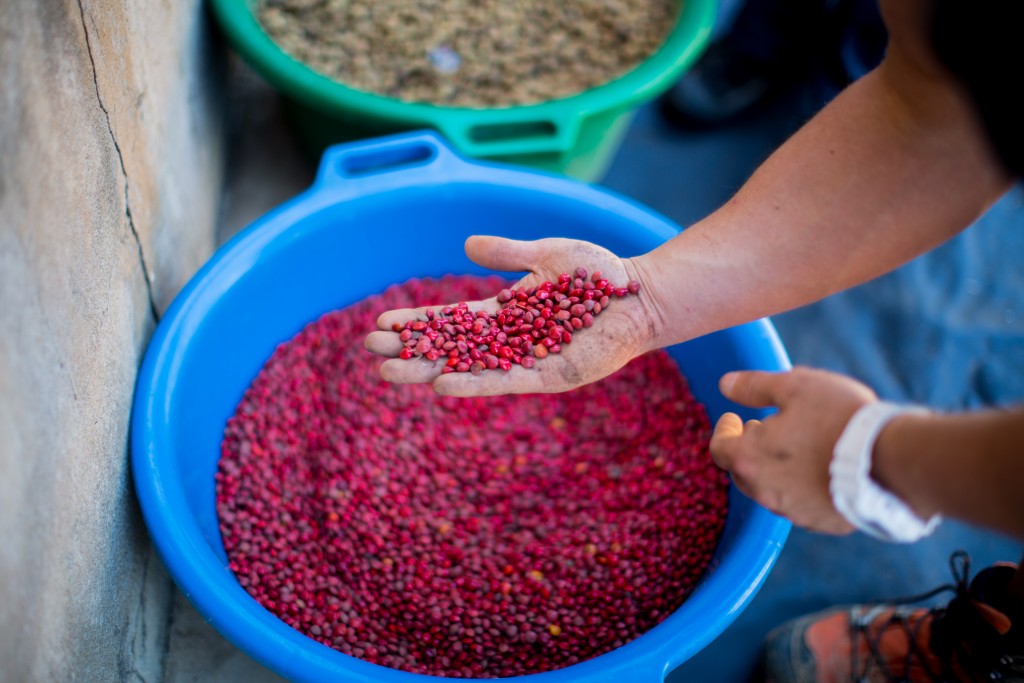
Second, the seeds are put into either hundreds, or even thousands, of small plastic sacks filled with mud (seed packets) and are placed directly on or into the ground over a small area. This is called a nursery. This is where the seeds will grow until they are ready to be taken to the field.
- Nurseries – Tree nurseries are either established in plastic pots or directly seeded in raised beds in order to grow the trees we will be planting. They are taken care of until they are strong enough to be transplanted to the desired site when the rains arrive.
Lastly, once the seeds turn into small seedlings (have leaves and a root system), they are taken and planted in the field. This process is known as transplanting.
- Transplanting – Seedlings are taken from a nursery (in a plastic pot or as a bare-rooted tree) and replanted in a new, permanent location. Transplanting occurs once the rains become consistent.
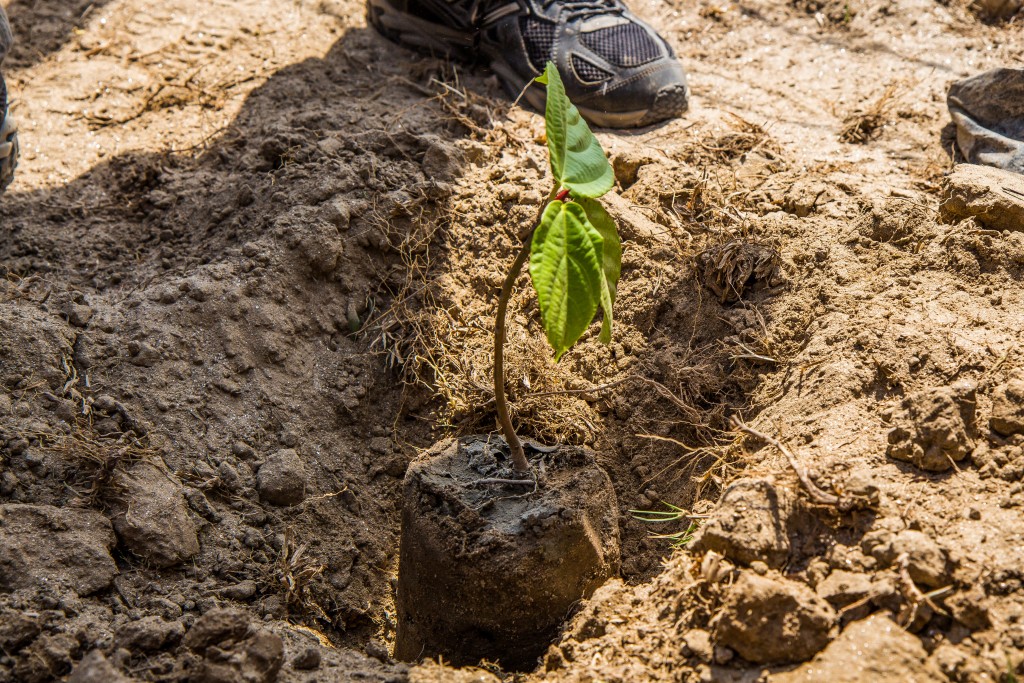
Tree planting is all about timing. There are two seasons that tree planters in Africa go by. These are known as the rainy season and the dry season. The rainy season is short (3-5 months) and during this time, rain will fall an average of 3 days per week. The dry season is long (6-9 months) and it will rain an average of 0 times per week.
- Rainy Season – Seeds are typically planted in nurseries a few months before the onset of the major rainy season. The trees are then transplanted once the rainy season begins, as the water is necessary for keeping the young plants alive.
- Dry Season – The dry season is an extended period of little rainfall, low humidity, and high risk of water and/or rivers drying up. Some locations will also become prone to bush and forest fires due to the lack of moisture in vegetation.
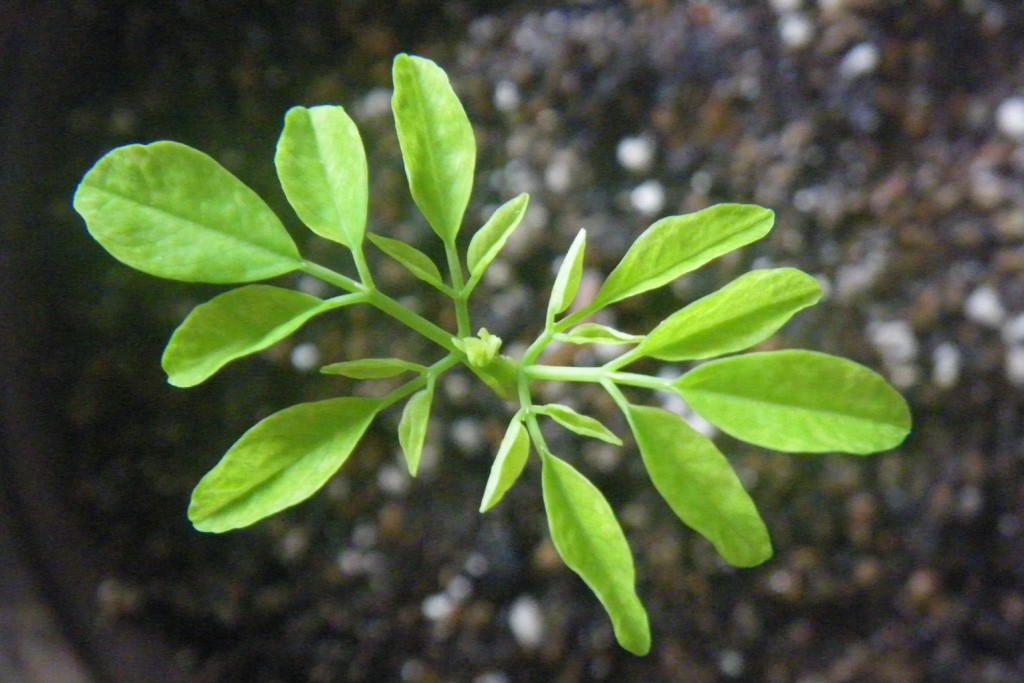
your impact!
As tentree grows, so too does our impact. Every consumer that purchases a tentree branded piece of clothing is showing their dedication to the values our team shares: environmental stewardship, social responsibility, and the hope for a brighter future. Not only do the ten trees you plant live for 20-30 years, but they also propagate seedlings which in turn grow into more trees. This is the reason ten trees can make such a difference. For every item sold, these trees will benefit the region for centuries to come.
Together we are building forests!


